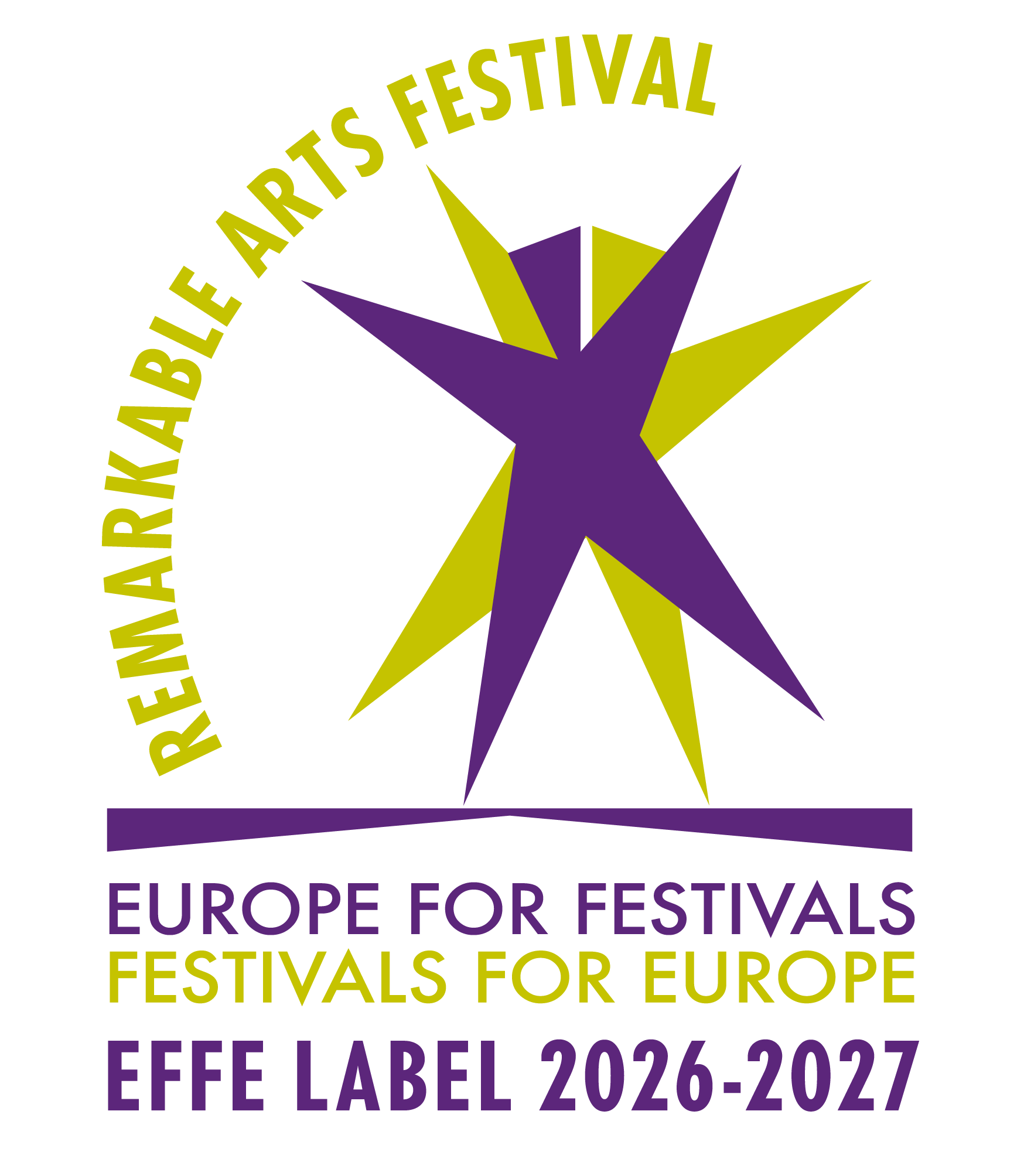PASQUALE MIRRA MEETS HAMID DRAKE
May 9, 2010 22:00
Stazione Leopolda di Firenze | IT
Pasquale Mirra: vibraphone
Hamid Drake: drums, percussions, voice
It was a chance meeting that proved fortunate, alchemical, between Pasquale Mirra on the vibraphone and Hamid Drake, drums, frame drum and voice, but nothing sounds fortuitous when listening to their music that hovers hauntingly in the air to testify to the splendid understanding that materialised on the spur of the moment two years ago.
The surprising and the unforeseeable, the wish to overcome conventional limits through ceaseless research: these are the elements featured by this evocative duo.
The musical synergy and intense exchange that Mirra and Drake succeed in creating enchant by the brilliance of the ideas they convey, not only with apparent ease, but also with interchange and musical interaction that are impressive.
The melodies arise of themselves, thanks also to the two interpreters’ mastery of music and to their remarkable mental span, and to Drake’s masterly skill in ranging through rhythms to create torrential polyrhythmic bases into which are woven the striking poetic sounds of Mirra; and we never lose the thread. This is how two cultures come together, although apparently so distant; they mix, fuse, and create an imaginary bridge between the ancient world of dreams and suspended sonority, almost hypnotic at times, in which the African and Oriental throbbing of the drums absorb the eclecticism of the vibraphone, breathing one with the other in a kaleidoscopic journey in sound.
Pasquale Mirra, after his studies on percussion instruments at the Salerno Academy of Music, in 1966 moved to Rome to study at the Musical Academy St. Louis Jazz School. Together with Francesco Lo Cascio he specialised in the vibraphone and in 2002 in Siena he did harmony courses with pianists Franco D’Andrea and Stefano Battaglia. As of 2003 he worked with the Memorial Barbecue, a project of the double bass player Antonio Borghini, appearing at the International Festival of Sant’Anna Arresi in Sardinia. From 2004 he collaborated with the sextet of the double bass player Alvise Seggi devoted to the music of Charles Mingus and he became part of the Mrafi Quartet under saxophonist Edoardo Marraffa.
With the MopMop project of drummer Andrea Benini, he recorded for the Japanese label Rambling Records, the Italian Dejavu Records and the German Infracom, winning a place in the “nu-jazz” international records market and making appearances in many European cities.
In 2005 he became a member of the Bassesfere Association, a collective of musicians focusing on the development and proliferation of improvised music. He made numerous appearances in Italian festivals: the Festival AngelicA of Bologna, the Carega Jazz festival 2005, Clusone Jazz 2006, Festival Jazz in’it of Vignola in 2008. Again in 2008, he played in Milan and Rome in a duo with Hamid Drake, with whom he toured in the summer of 2009 to an enthusiastic reception.
Hamid Drake was born in 1955 in Monroe, Louisiana, USA. He studied drums extensively, including eastern and Caribbean styles. In 1974 he began what was to be a long-term musical relationship with Fred Anderson and in the late 70s, Anderson introduced him to George Lewis and Douglas Ewart. Don Cherry, who Drake first met in 1978, was another continuing collaborator. In the late 70s, Hamid Drake became a member of the Mandingo Griot Society, appearing on the group’s first album. For many years Hamid Drake provided deftly inventive rhythmic support to forward thinking musicians such as pianist Borah Bergman and Peter Brötzmann, with whom he played in a quartet alongside William Parker and Toshinori Kondo. He collaborate with Herbie Hancock, Misha Mengelberg, Pharoah Sanders, Wayne Shorter, and many others. With these diverse artists, playing in a broad range of musical settings, Hamid Drake comfortably adapts to north and west African and Indian impulses as well as reggae and latin. He also frequently plays without sticks, using his hands to develop subtly commanding undertones. His tabla playing is also notable for its subtlety and flair.



